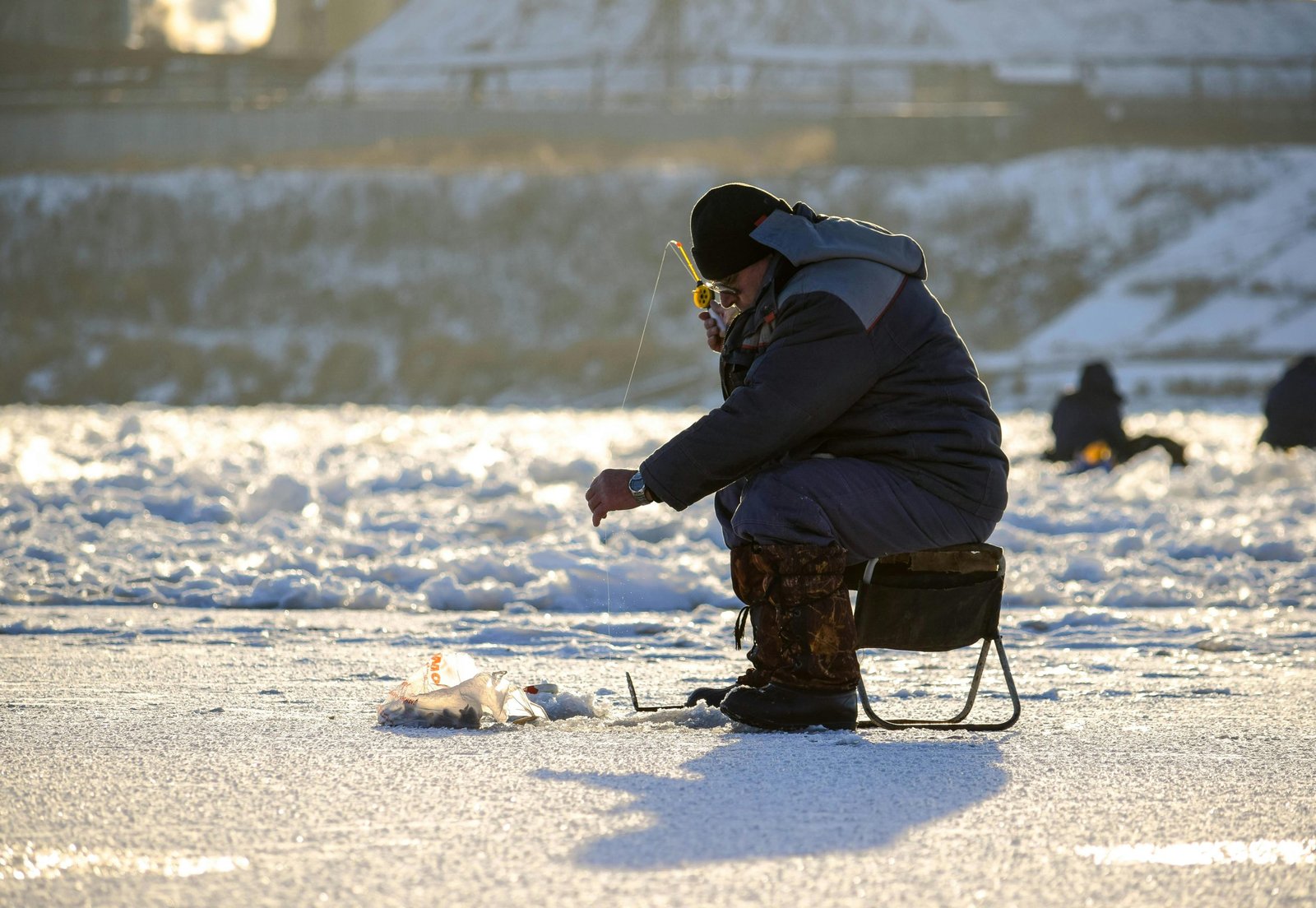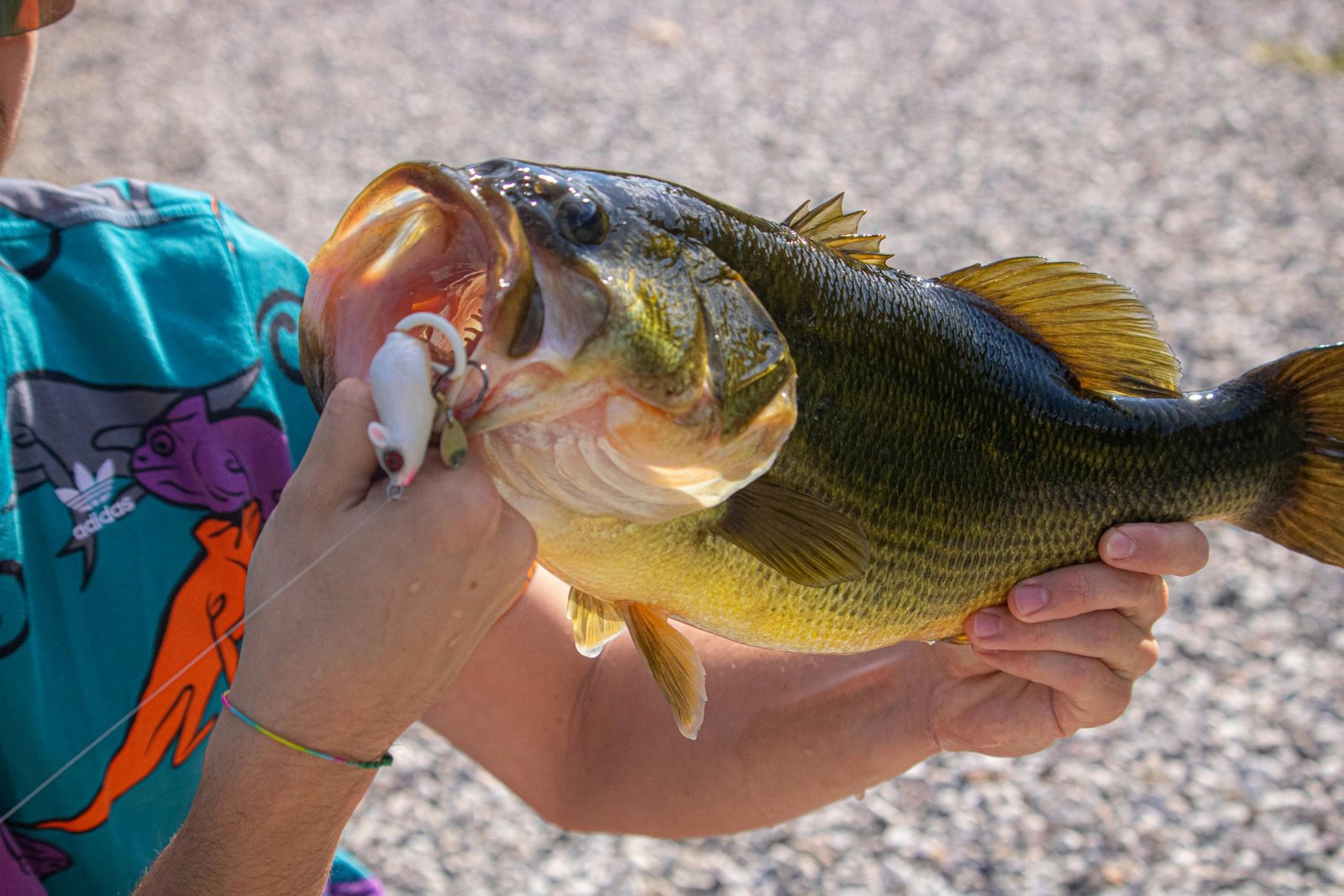
If you’re living in an area with dozens of different species and fishing spots, I think you’ve been confused at least once about what lure you should use.
In my area it’s mainly pike, zander (walleyes European brother), carp and other related species.
The truth is the majority of lures available on the market can all work in some way for different species.
You’ll see photos of bass hooked on jigs, crankbaits, spinners, jerkbaits, frogs and so on. Just like you’ll see pike caught on all these lures.
The main point is that there is no perfect lure for a specific fish. Some work better than others, but lures will always share their roles in some way.
Without further ado, let’s dive in and see the best lures for both freshwater and saltwater fish.
Lures for Every Species
Here I’ll cover the most effective and widely used lures on the market. I won’t include every little lure that just appeared last week, because they lack testing and they’re just too many to put them together in one article.
Crankbaits
Cranks are a lure that remains a favorite among many anglers due to their versatility and effectiveness. With the right sizes, you can target almost any freshwater fish you can think of: both smallmouth and largemouth bass, walleyes, trout, pike, muskie, crappie and all the other panfish. For saltwater, they’ll catch redfish, snook, sea trout, stripers and bluefish.
Crankbaits are the best lure to cast when you really don’t know which one to choose.
Soft Plastics
Here I’m referring to jig heads topped with any worm, shad, fluke or creature bait. Along crankbaits, they’re another lure that will work in almost any situation. With all the different shapes and styles out there, there is at least one that will suit your fishing conditions.
The possibilities are endless here, as any freshwater or saltwater fish goes crazy after these if presented properly.
Jerkbaits
Very similar to crankbaits, jerkbaits are the slender, longer variation. They also come with the lips, making them dive or suspend. Due to their larger profile, smaller fish are generally not going to bite, making them more effective for larger fish like bass, pike, larger trout, stripers, walleyes. In saltwater, they will catch pretty much anything. From tarpon, snook and barracuda to king mackerel and tuna.
Spinnerbaits & Buzzbaits
I paired these two lures mainly for their similar construction. The main difference is that one creates more spin and the other creates more buzz. Simple as that.
They work well for largemouth bass (smallmouths also bite sometimes), pike and muskie (they resist teeth very well), panfish (in smaller sizes) and saltwater species like redfish, snook, and sea trout.
Jigs
Whether we talk about hair jigs or football jigs, they’ve been around for decades, and one thing is for sure: they’re very effective especially for catching bass. But they’re not limited to only one specie.
Pike seem to be attracted by them too, along with walleyes. When in larger sizes, you can fish them in deeper holes and channels for catfish.
Swimbaits
Swimbaits are popular among anglers targeting predatory fish species, especially larger game fish. They are effective for catching bass, pike, muskie, walleye, striped bass and the majority of saltwater species. Swimbait sizes can range from small versions that imitate young fry to larger models that mimic full-grown baitfish.
They have become a go-to lure for trophy hunters seeking big fish, and their realistic appearance and action make them a valuable tool in various fishing situations.
Topwater Lures
Perhaps the most lovely lure to use, topwater poppers (and frogs) are my go-to when it comes to bass, pike, stripers and catfish. For saltwater species, snook, cobia and redfish tend to strike these, although I think topwaters suit freshwater better.
Just seeing a pike strike one of these makes up a whole fishing day. Not to talk about catfish or bigger saltwater fish…
Spoons
Spoons are designed to imitate the erratic, fluttering motion of injured or fleeing baitfish. This is achieved through the shape of the spoon, which creates a side-to-side wobbling action as it is retrieved through the water.
They work best for trout, panfish, pike and bass. For saltwater, mackerel is the first one that comes in mind when I think about spoons. Sea trout and bluefish are also attracted by this type of lure.
Frequently Asked Questions

What are the best types of fishing lures for catching bass?
Bass can be caught using a variety of lures, but some of the most popular ones are spinnerbaits, crankbaits, and jigs. Spinnerbaits are great for covering a lot of water quickly and can be fished at different depths. Crankbaits are effective for imitating baitfish and can be used in shallow or deep water. Jigs are versatile and can be fished in a variety of ways, such as flipping, pitching, or dragging on the bottom.
What are the top spring fishing lures for freshwater fishing?
In the spring, fish are often more active and can be caught using a variety of lures. Some of the top lures for freshwater fishing in the spring include jerkbaits, spinnerbaits, and topwater lures. Jerkbaits can be fished slowly and erratically to imitate injured baitfish, while spinnerbaits can be retrieved quickly to cover a lot of water. Topwater lures are effective for fishing in shallow water and can create a lot of commotion that attracts fish.
What are the most effective saltwater fishing lures?
Saltwater fishing requires lures that can withstand the harsh conditions of the ocean. Some of the most effective saltwater fishing lures include jigs, soft plastics, and topwater lures. Jigs can be fished at different depths and can imitate a variety of prey species. Soft plastics are versatile and can be fished in a variety of ways, such as Texas rigging or Carolina rigging. Topwater lures are great for fishing in shallow water and can create a lot of commotion that attracts fish.
Can the same lure be used for different types of fish?
Some lures can be used for different types of fish, but it depends on the lure and the species of fish. For example, a spinnerbait can be used for bass, pike, and musky, but may not be as effective for other species. It’s important to choose a lure that is specifically designed for the type of fish you are targeting.
What are the different types of artificial lures and how are they used?
There are several different types of artificial lures, including crankbaits, jerkbaits, spinnerbaits, jigs, and soft plastics. Crankbaits and jerkbaits imitate baitfish and can be fished at different depths. Spinnerbaits are great for covering a lot of water quickly and can be fished at different depths. Jigs are versatile and can be fished in a variety of ways, such as flipping, pitching, or dragging on the bottom. Soft plastics are versatile and can be fished in a variety of ways, such as Texas rigging or Carolina rigging.
What is the most reliable fishing lure for catching a variety of fish?
There is no one-size-fits-all answer to this question, as the most reliable fishing lure depends on the species of fish you are targeting and the conditions you are fishing in. However, some of the most versatile lures that can be used for a variety of fish include jigs, spinnerbaits, and soft plastics. These lures can be fished in a variety of ways and can imitate a variety of prey species.




